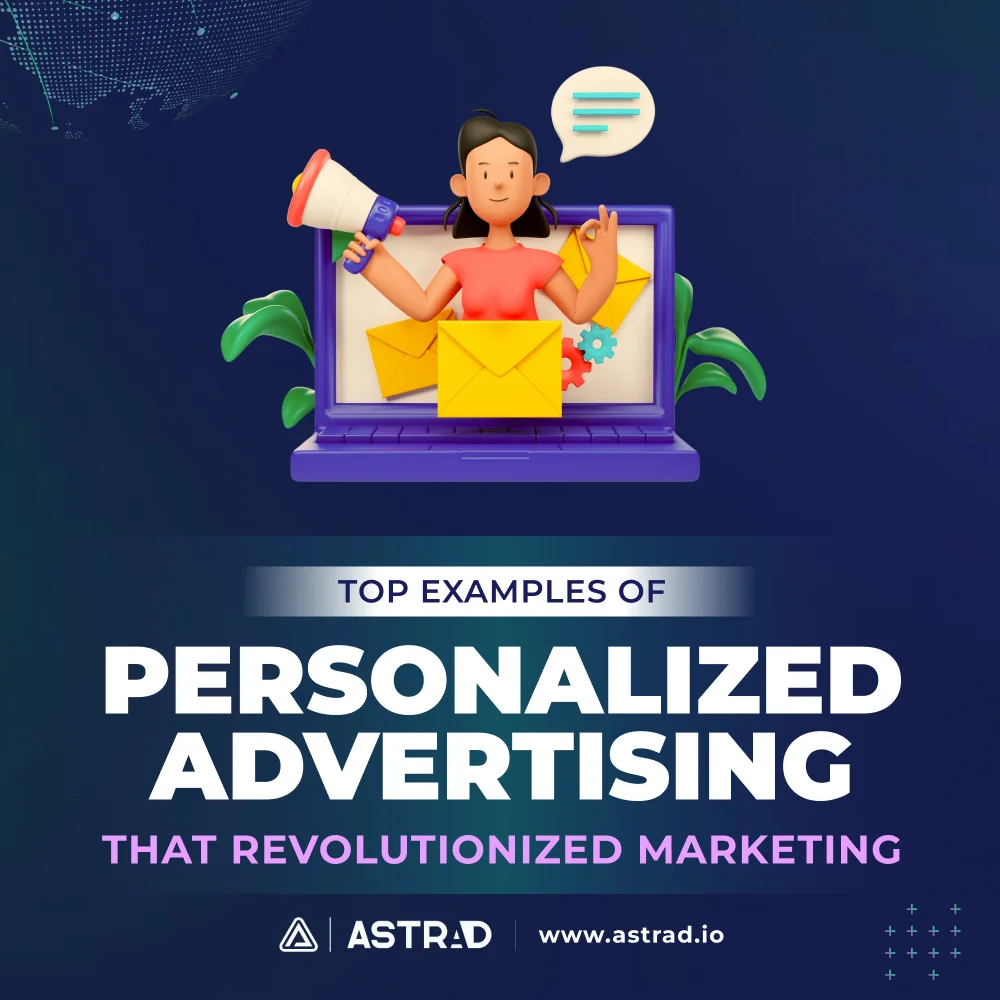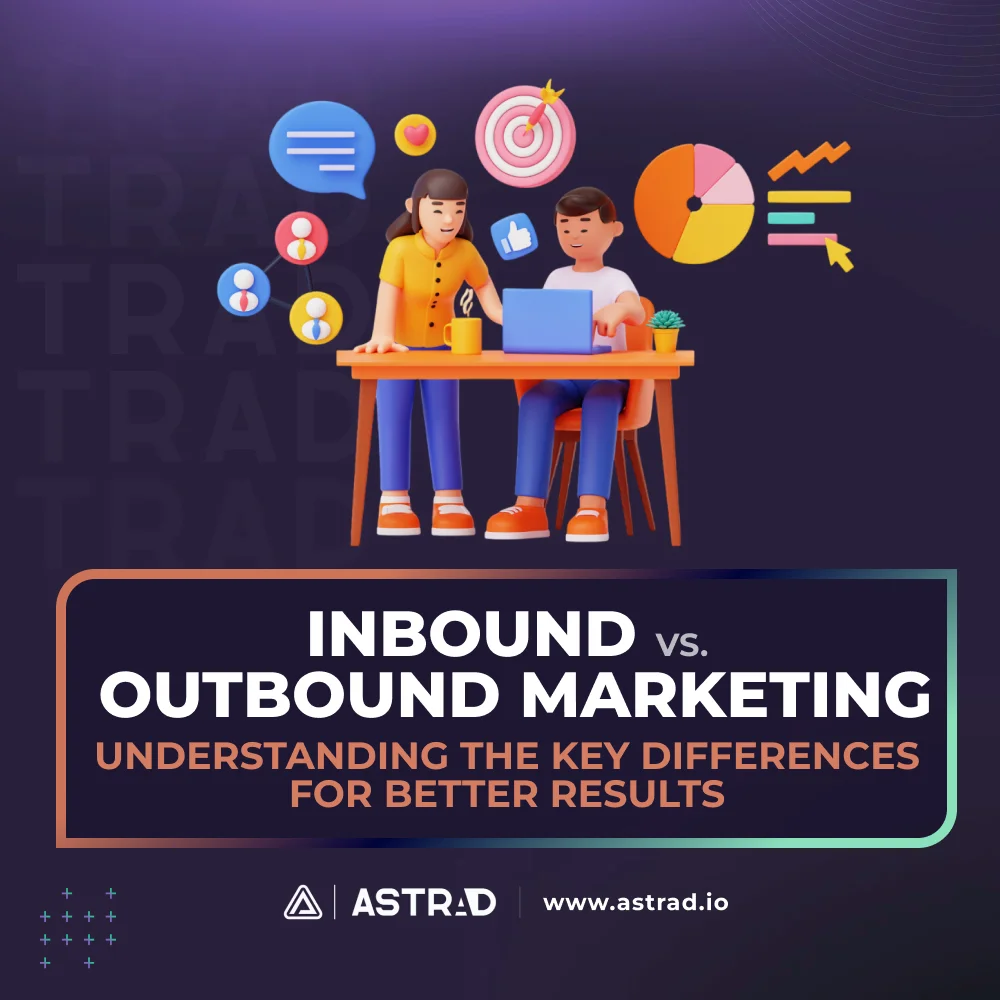Understanding the interplay of Account-Based Marketing (ABM) vs. Inbound Marketing is pivotal if you want to craft a winning marketing strategy. One that funnels in the views, then converts them into sales, and that scales up your operations. While ABM targets high-value accounts, Inbound Marketing attracts a broader audience.
This article explores their core differences and potential synergies, equipping marketers to seamlessly integrate these approaches for enhanced lead generation and customer acquisition. One’s a shotgun blast, the other is a sniper’s bullet — each has its moment to shine.
Account-Based Marketing (ABM) and Inbound Marketing – A Quick View:
Account-Based Marketing (ABM):
This is a targeted marketing strategy focused on a meticulously chosen set of high-value accounts. ABM treats each account as a unique entity, personalizing the marketing message and outreach to their specific needs and decision-makers.
Inbound Marketing:
This strategy aims to attract a broader audience through valuable and informative content. By creating engaging content, this approach educates potential customers and positions your brand as a thought leader in the industry.
For modern marketers, navigating the Mad Max marketing monstrosity that is modernity requires a grasp of both Account-Based and Inbound Marketing. ABM allows for laser-focused efforts on high-value accounts, maximizing return on investment. Inbound Marketing, on the other hand, cultivates a wider audience pool, nurturing leads organically.
Understanding both empowers marketers to craft a strategic mix – attracting a broader audience while meticulously targeting key accounts for maximum impact. This comprehensive approach fosters a marketing funnel that captures a wider net of potential customers while ensuring high-value targets aren’t missed.
What is Account-Based Marketing?
Account-Based Marketing (ABM) is a strategic marketing approach that meticulously targets a predefined set of high-value accounts. Unlike traditional marketing with a broad reach, ABM treats each target account as a unique market, personalizing the outreach and messaging to resonate with their specific needs, challenges, and decision-makers.
Imagine it as a skilled tailor crafting a suit – ABM tailors marketing efforts to fit the unique profile of each high-value account perfectly. This targeted approach allows for the concentration of resources on accounts with the highest potential return on investment (ROI). By investing in personalization and building relationships with key decision-makers, ABM fosters stronger and more meaningful connections that can significantly increase the likelihood of converting these high-value accounts into loyal customers.
What is Inbound Marketing?
Inbound Marketing is a strategic methodology that attracts a broad audience by offering valuable and informative content. Instead of interrupting potential customers with traditional advertising, inbound marketing focuses on creating engaging content that educates and informs. This content can take various forms, such as blog posts, informative infographics, social media content, or even downloadable ebooks.
By consistently producing high-quality content that addresses your target audience’s needs and pain points, Inbound Marketing establishes your brand as a thought leader in the industry. Imagine casting a wide net – inbound marketing aims to capture a large pool of potential customers who are actively searching for information and solutions.
Through informative content, inbound marketing builds trust and brand awareness, nurturing leads organically as they progress through the buyer’s journey. This approach allows you to attract a wider audience who are already interested in what you offer, making them more receptive to your marketing messages later on.
Key Differences of ABM vs. Inbound Marketing:
Target Audience:
- ABM: Focuses on a meticulously chosen list of high-value accounts, often with identified key decision-makers.
- Inbound Marketing: Attracts a broad audience with demographics and interests aligning with the ideal customer profile.
Marketing Approach:
- ABM: Highly personalized and targeted. Communication is tailored to each specific account’s needs and challenges.
- Inbound Marketing: Focuses on creating valuable content that resonates with a broader audience and educates them about the industry and your brand.
Goals and Objectives:
- ABM: Aims to build deep relationships with key decision-makers at target accounts, ultimately driving high-value sales and long-term customer loyalty.
- Inbound Marketing: Focuses on lead generation, nurturing a larger pool of potential customers and increasing brand awareness within the target market.
Content Strategy:
- ABM: Creates highly personalized content like case studies, white papers, or webinars specifically addressing the target account’s unique challenges and goals.
- Inbound Marketing: Develops a wider range of content formats like blog posts, infographics, ebooks, or social media content that educates and informs a broader audience.
Metrics and ROI Measurement:
- ABM: Tracks account-specific metrics like engagement rates, proposal win rates, and customer lifetime value to measure ROI. Success is often measured by securing deals with high-value accounts.
- Inbound Marketing: Focuses on metrics like website traffic, lead generation (quantity and quality), and brand awareness. ROI is measured by cost per lead and lead conversion rates.
The Synergies Between ABM and Inbound Marketing:
While ABM and Inbound Marketing have distinct goals and target audiences, they can be powerful allies when used together. Here’s how:
Leveraging Inbound Content for ABM:
- Targeted Content Distribution: Promote high-quality inbound content – blog posts and infographics – directly to contacts at target accounts through personalized emails or social media outreach.
- Content Personalization: Leverage existing inbound content by tailoring it to specific accounts. Highlight relevant sections or create spin-off content addressing their unique challenges.
Using ABM Insights to Enhance Inbound Strategies:
- Identify Industry Trends: Analyze high-value accounts’ needs to understand broader industry trends and pain points. This can inform the themes and topics of your inbound content strategy.
- Content for Different Stages of the Buyer’s Journey: Develop targeted inbound content catering to different stages of the buyer’s journey, attracting and nurturing leads that might eventually become high-value accounts.
Integrating ABM with Inbound Tactics:
- Landing Page Optimization: Personalize landing pages for identified accounts from your ABM list, showcasing targeted messaging and case studies relevant to their industry.
- Social Media Advertising: Utilize social media advertising platforms to target specific decision-makers within your high-value accounts with laser-focused messaging and content offers.
Which to Pick?
While ABM vs. Inbound Marketing might seem like opposing forces, they can be a powerful duo when used strategically. ABM excels at laser-focused efforts on high-value accounts, while Inbound Marketing cultivates a broader audience. The key lies in understanding their strengths. Inbound content, for instance, can be personalized for ABM outreach, while ABM insights can inform industry-focused inbound content. It acts as a net capturing a wide audience, and within it, special VIP sections are targeted with personalized attention.
By integrating these approaches, marketers can craft a comprehensive strategy that attracts a wider audience, nurtures leads efficiently, and personalizes the experience for high-value accounts – ultimately leading to a marketing engine that thrives on both quantity and quality.






